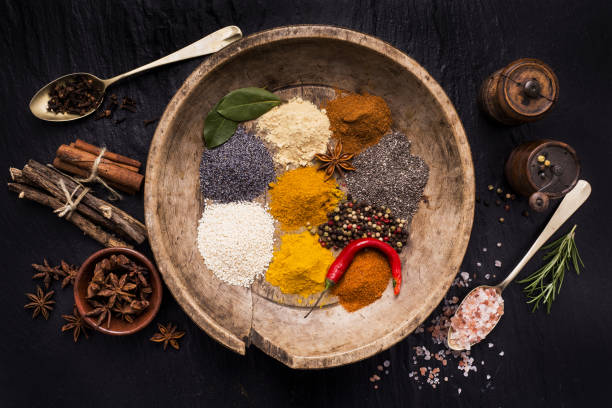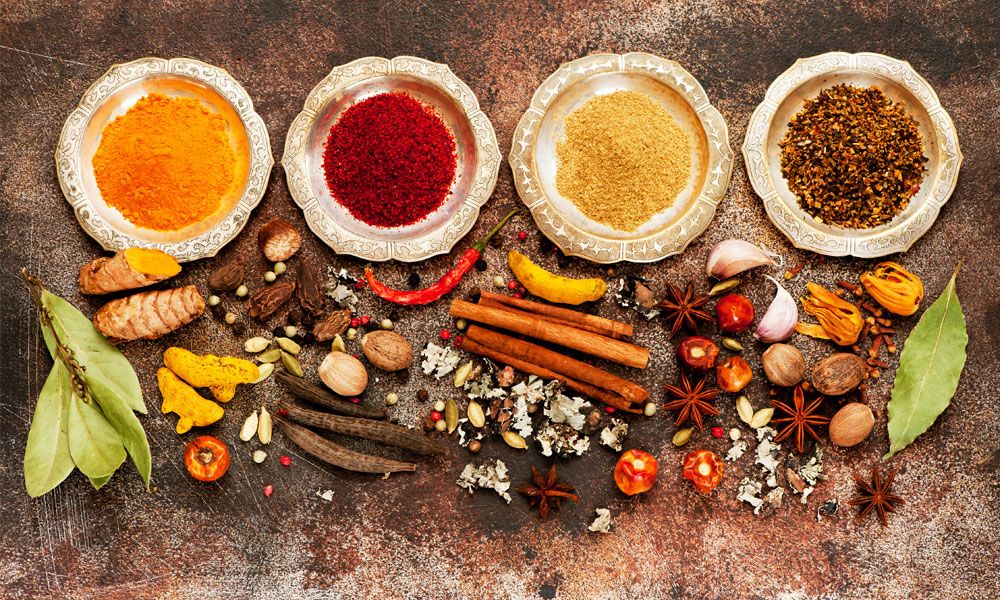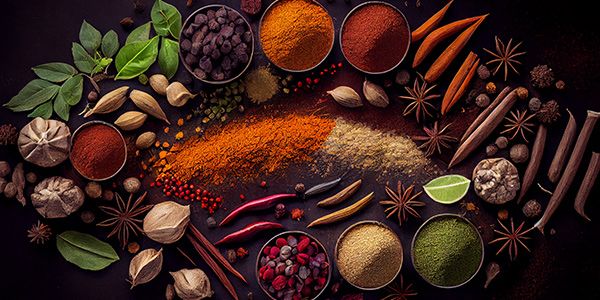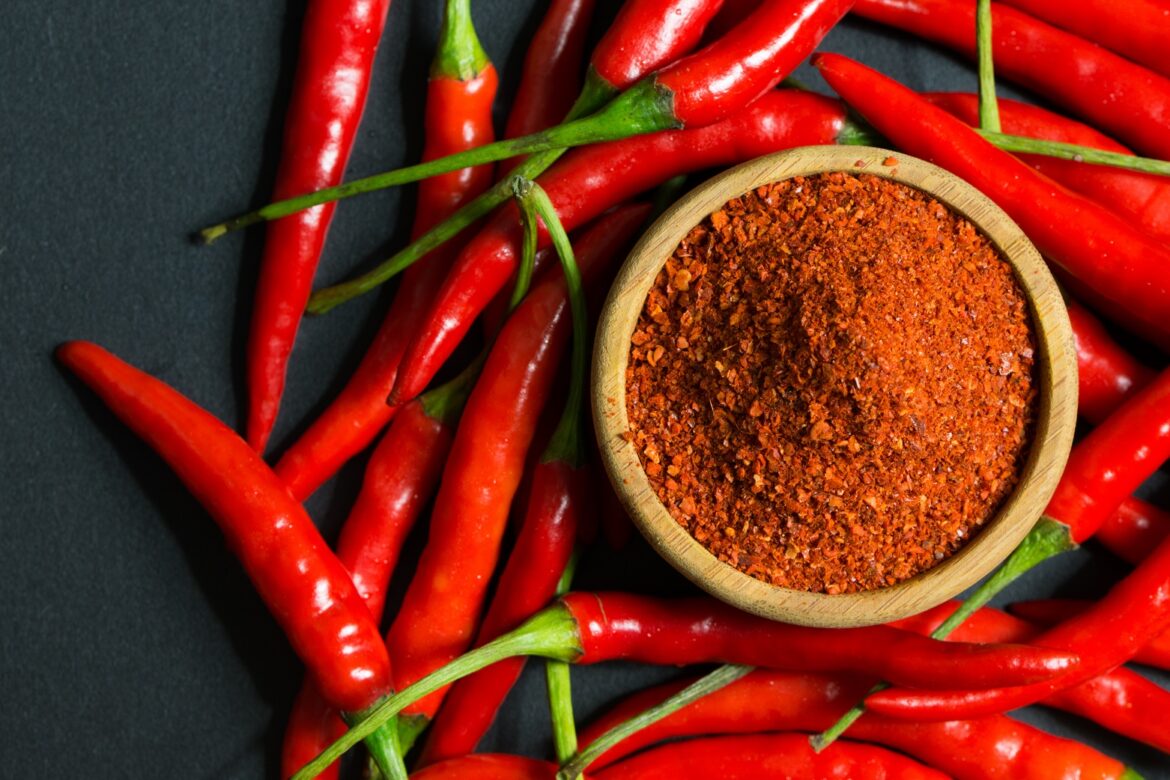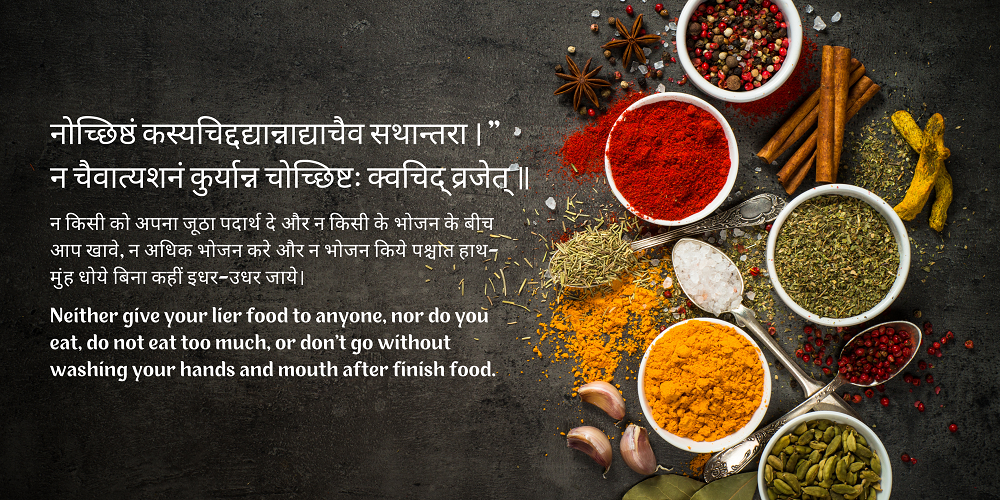Blended spices(ORIHUT) are commonly used in cooking to add flavor and aroma to dishes. They are made by combining different spices in specific proportions to create a unique flavor profile. The chemistry of blended spices is complex and involves various chemical compounds, including volatile oils, phenolic compounds, and pigments.
One important group of compounds found in spices is the volatile oils. These oils are responsible for the strong aroma and flavor of spices. They are composed of a mixture of terpenes and terpenoids, which are hydrocarbons and oxygenated derivatives of hydrocarbons, respectively. Some examples of terpenes found in spices include limonene, pinene, and caryophyllene. Terpenoids found in spices include eugenol, thymol, and carvacrol.
Phenolic compounds are another important group of compounds found in spices. They are responsible for the pungent and bitter taste of spices. Phenolic compounds are derived from phenylalanine, an amino acid, and can be divided into two major groups: flavonoids and non-flavonoids. Flavonoids are responsible for the bright colors of spices, such as turmeric and paprika. Non-flavonoids, such as capsaicin in chili peppers and piperine in black pepper, are responsible for the spicy and pungent taste of spices.
Blending spices together can also result in synergistic effects where the combined flavors are more than the sum of their parts. For example, cumin and coriander are commonly used together in Indian cuisine because they complement each other’s flavors. The combination of cumin’s earthy flavor with coriander’s citrusy notes creates a unique flavor that is greater than either spice on its own.
In conclusion, the chemistry of blended spices is a complex interplay of volatile oils, phenolic compounds, and pigments. Understanding the chemical composition of spices and how they interact with each other can help chefs create unique and flavorful dishes.

